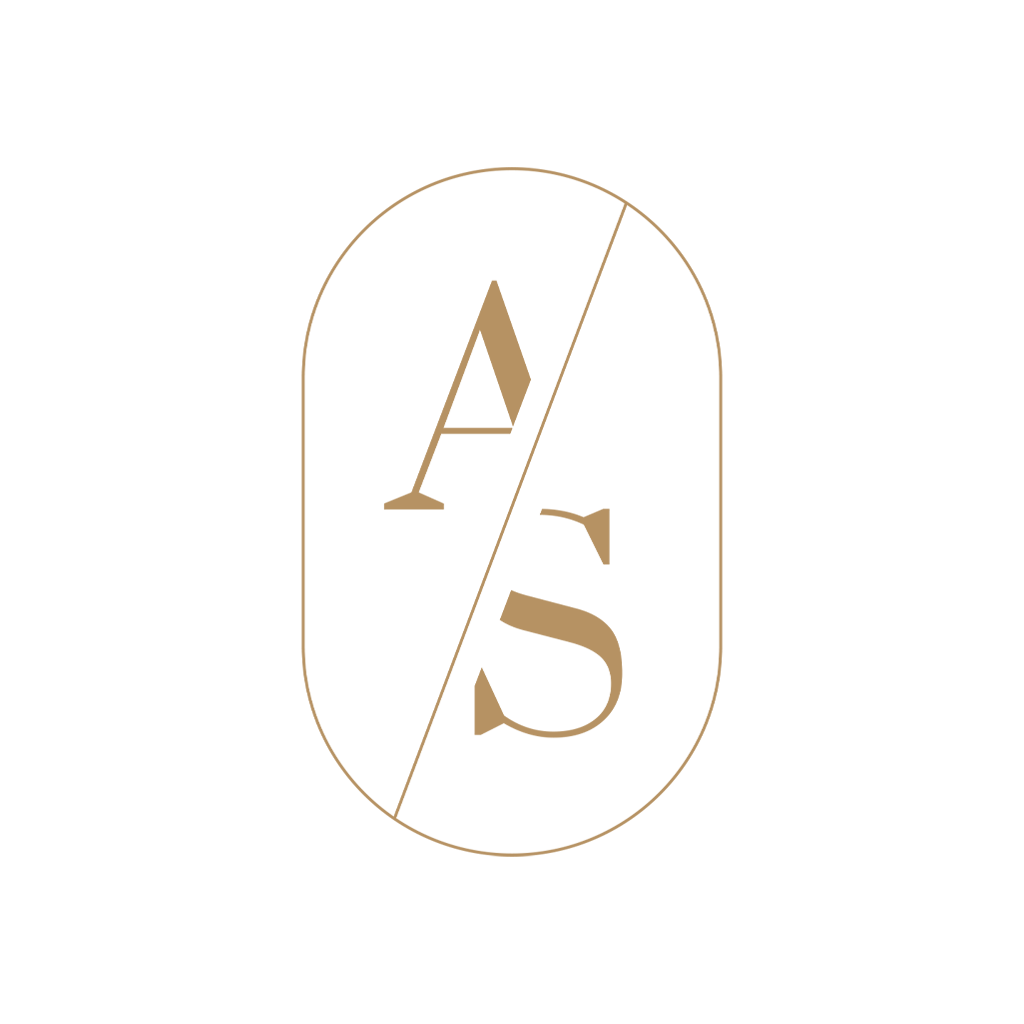Rhinomodelling is a widely used alternative to rhinoplasty, as it makes it possible to change the appearance of the nose without resorting to a more invasive intervention, such as an operation. It is a globally safe procedure that carries few risks for the patient’s health and well-being. It is therefore an increasingly popular option for resolving aesthetic imperfections in the nose area. However, it is important to note that rhinomodelling is not suitable for all individuals and, as such, you should always consult a specialist doctor and follow their clinical opinion as to the best procedure for your case. Rhinomodelling is a completely painless treatment, as a local anaesthetic is administered prior to the procedure. Recovery is also generally quick and immediate, requiring no period of convalescence, unless complications arise, which are usually easy to resolve. However, you should always talk to your doctor about any post-treatment care you may need to adopt. Rhinomodelling or nasal bioplasty is an aesthetic procedure that improves the appearance of the nose. It is an alternative to rhinoplasty (plastic surgery of the nose). This is a procedure that can correct many of the imperfections in the shape of the nose without the need for surgery. Rhinomodelling is a nasal filler, capable of correcting defects in the nasal contour or inaccuracies caused by previous rhinoplasties. As an innovative skin rejuvenation technique, this treatment can be used by anyone who wants to: Rhinomodelling uses hyaluronic acid or hydroxyapatite calcium, which are modelling substances capable of modifying nasal contours, elevating the tip of the nose and correcting unwanted angles. Rhinomodelling can also make use of specific traction threads that modify the shape and length of the nose. In the diagnostic phase, the contour and profile of the face are analysed. At this point, certain points are marked and the substance that fills in the areas to be altered is applied. In some cases, more than one application may be necessary if more volume is needed or if the skin is more resistant. Although it is recognised that the chances of treatment are more limited and that the technique is not definitive, it is possible to resolve simpler cases with rhinomodelling, which helps to improve the individual’s appearance aesthetically. It is also important to note that the results of rhinomodelling using hyaluronic acid generally last 12 months. However, this time can vary from case to case. Rhinoplasty is a plastic surgery procedure that allows for the aesthetic and/or functional correction of the nose. To do this, a change is made to the bony part of the nose (in the case of a globose nose, a small nose, a large nose, a drooping nose, a crooked or deviated nose, among other conditions), always considering the functional side, i.e. breathing. The aim is to strike a balance between aesthetics and function. Rhinomodelling, on the other hand, is a much less invasive procedure that is carried out on an outpatient basis and intervenes exclusively from an aesthetic point of view, i.e. only on the outside of the nose. This procedure does not interfere with the bony part of the nose, but only addresses the soft tissues (skin and subcutaneous fat). We reply within a maximum of 24 working hours. Nonsurgical Rhinoplasty
What is nonsurgical rhinoplasty?
In what situations is rhinomodelling recommended?
How is rhinomodelling done?
How long do rhinomodelling results last?
What is the difference between rhinoplasty and rhinomodelling?
Frequently Asked Questions
BOOK YOUR APPOINTMENT ONLINE
Contact us









